Home>Furniture>Outdoor Furniture>What Is Composite Decking
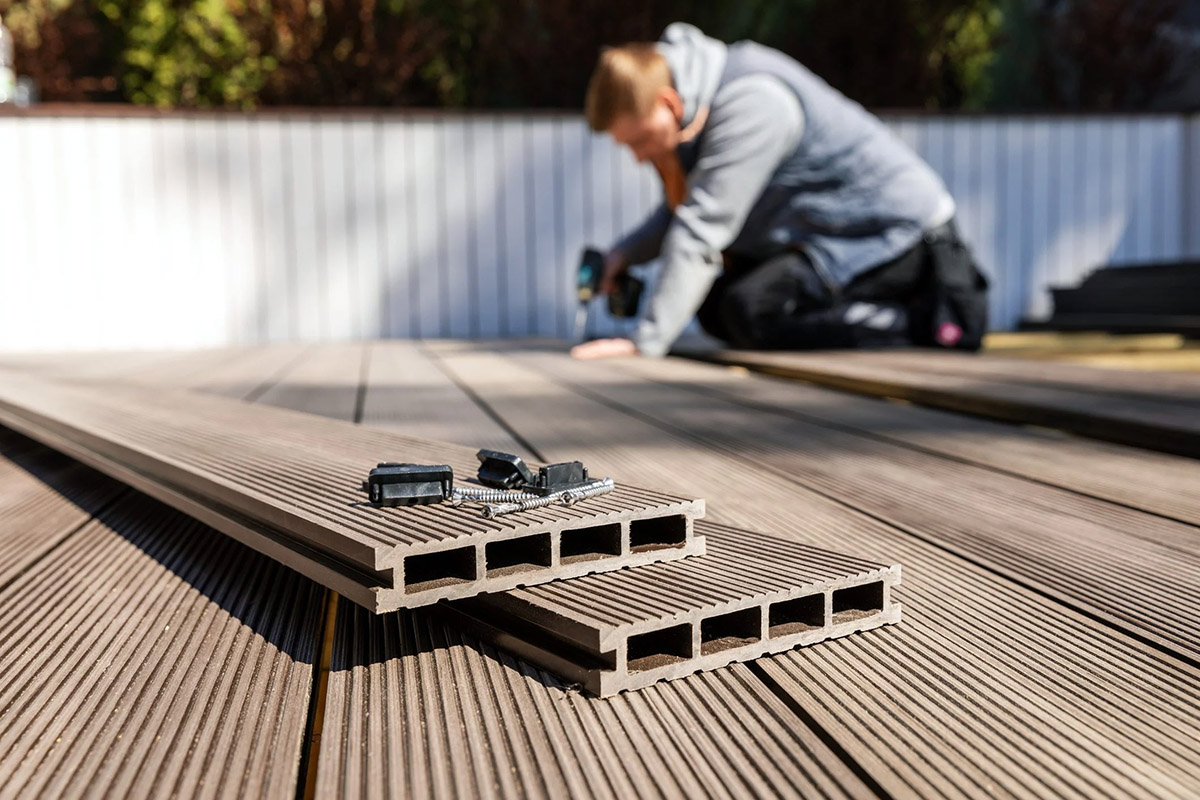

Outdoor Furniture
What Is Composite Decking
Modified: March 7, 2024
Discover the benefits of using composite decking for your outdoor furniture. Create a stylish and durable outdoor space with low-maintenance composite materials.
(Many of the links in this article redirect to a specific reviewed product. Your purchase of these products through affiliate links helps to generate commission for Storables.com, at no extra cost. Learn more)
Introduction
Welcome to the wonderful world of outdoor furniture, where you can transform your outdoor space into a comfortable and stylish oasis. One essential element of outdoor furniture is a durable and attractive deck, and when it comes to decking materials, composite decking stands out as a popular and versatile choice.
Composite decking is a modern and innovative alternative to traditional wood decking. It is made from a combination of wood fibers and recycled plastic, resulting in a durable and low-maintenance decking material that can withstand the elements and provide years of enjoyment.
In this article, we will explore the world of composite decking, its history, types, advantages, disadvantages, maintenance, installation, cost, and environmental impact. We will also compare it to other decking materials, so you can make an informed decision when it comes to choosing the perfect decking for your outdoor space.
Whether you’re a seasoned deck builder or a homeowner looking to upgrade your outdoor space, this article will provide you with the knowledge and insights you need to understand the world of composite decking and make an informed decision.
So, let’s dive in and explore the fascinating world of composite decking!
Key Takeaways:
- Composite decking is a durable, low-maintenance, and eco-friendly alternative to traditional wood decking, offering a wide range of design options and long-lasting performance for outdoor spaces.
- While composite decking may have a higher upfront cost, its minimal maintenance requirements, resistance to the elements, and environmental benefits make it a wise investment for creating a beautiful and sustainable outdoor oasis.
Read more: What Is Composite Decking Made Of
Definition of Composite Decking
Composite decking is a type of outdoor flooring material used to create decks, patios, and other outdoor structures. It is made from a combination of wood fibers and recycled plastic, which are mixed together and then molded into boards or planks.
The wood fibers in composite decking can be sourced from various types of wood, such as oak, pine, or cedar. These natural fibers provide strength and stability to the decking material. The recycled plastic component of composite decking is typically derived from post-consumer materials, such as plastic bags and containers, which are melted down and added to the wood fiber mixture.
Once the wood fibers and recycled plastic are combined, they are heated and compressed to form solid boards. The resulting composite decking boards have a wood-like appearance and texture, but with the added benefits of durability and low maintenance.
Composite decking is available in a variety of colors, textures, and finishes, allowing homeowners to choose a style that matches their outdoor aesthetics. It can also be molded into different shapes and sizes, providing flexibility in design options.
One of the defining characteristics of composite decking is its resistance to rot, insects, and weathering. Unlike traditional wood decking, composite decking does not require sealing, staining, or painting to maintain its appearance and durability. It is also less prone to splintering, warping, and cracking, making it an ideal choice for outdoor spaces.
In summary, composite decking is a synthetic decking material made from a blend of wood fibers and recycled plastic. It offers a durable and low-maintenance alternative to traditional wood decking, with a wide range of design options and resistance to various outdoor elements.
History of Composite Decking
The history of composite decking dates back to the early 1990s, when it was first introduced as a response to the limitations of traditional wood decking. At that time, wood decking was the most common choice for outdoor spaces, but it came with a host of maintenance issues and durability concerns.
Composite decking was developed as a solution to these challenges. The goal was to create a decking material that combined the natural beauty of wood with the durability and low maintenance of synthetic materials.
The first generation of composite decking was made using a combination of plastic and wood fibers, but the technology was still in its infancy. These early composite boards had limited resistance to moisture and fading, and they lacked the realistic look and feel of natural wood.
However, as technology advanced and manufacturers invested in research and development, composite decking evolved significantly. New techniques and materials were introduced, resulting in the second generation of composite decking.
The second-generation composite decking featured improved durability, fade resistance, and a more natural wood-like appearance. Manufacturers also started offering a wider variety of colors, textures, and finishes to cater to different design preferences.
In recent years, the third generation of composite decking has emerged. These advanced decking materials incorporate enhanced technologies and innovative features, such as protective coatings, high-performance additives, and improved installation systems.
Today, composite decking is a highly sought-after choice for outdoor spaces, and it continues to evolve and improve. Manufacturers are constantly investing in research and development to enhance the performance and aesthetics of composite decking.
With advancements in manufacturing processes and the use of sustainable materials, composite decking has become even more eco-friendly. Many manufacturers now offer decking products made from recycled materials, reducing the demand for virgin plastic and contributing to a more sustainable future.
Overall, the history of composite decking is a testament to the desire for a decking material that combines durability, aesthetics, and low maintenance. It has come a long way from its early days and has become an increasingly popular choice for homeowners looking to enhance their outdoor living spaces.
Types of Composite Decking
When it comes to composite decking, there are several types available on the market. Each type offers unique characteristics and features, allowing homeowners to choose the one that best suits their needs and preferences. Here are some of the most common types of composite decking:
- Solid Composite Decking: Solid composite decking is made from solid boards that are denser and heavier than other types of composite decking. It offers exceptional durability and strength, making it ideal for high-traffic areas and heavy furniture. Solid composite decking is also less prone to warping and sagging, providing a sturdy and stable surface for your outdoor space.
- Hollow Composite Decking: Hollow composite decking features hollow chambers inside the boards, which helps reduce weight while maintaining structural integrity. Hollow boards are lighter and easier to handle during installation, and they often come at a lower price point. However, they may be slightly less durable compared to solid composite decking.
- Capped Composite Decking: Capped composite decking is protected by a durable outer layer or cap, usually made of a polymer blend. This cap provides additional protection against stains, scratches, and fading, making the decking more resistant to the elements. Capped composite decking requires minimal maintenance and is highly resistant to moisture and mold, making it a popular choice for outdoor areas.
- Uncapped Composite Decking: Uncapped composite decking does not have the protective outer layer found in capped composite decking. While it still offers the benefits of composite decking, such as durability and low maintenance, it may be more susceptible to staining and fading over time. Uncapped composite decking is often more affordable and suitable for homeowners on a budget.
- Composite Decking Tiles: Composite decking tiles are a convenient and versatile option for those looking to DIY their deck or create a temporary outdoor flooring solution. These tiles are designed to interlock and can be easily installed on any flat surface. Composite decking tiles offer the benefits of composite decking while providing flexibility and ease of installation.
- Composite Railing Systems: In addition to decking boards, there are also composite railing systems available to complement your composite deck. These railing systems are made from the same materials as composite decking and offer a cohesive and low-maintenance solution for safety and aesthetics.
Each type of composite decking has its own advantages and considerations. It is important to evaluate your specific needs, budget, and desired aesthetics before choosing the right type for your outdoor space. Consider factors such as durability, maintenance requirements, and overall design to make an informed decision.
Ultimately, no matter which type of composite decking you choose, you can be confident that you are investing in a long-lasting and visually appealing outdoor flooring solution.
Advantages of Composite Decking
Composite decking offers numerous advantages over traditional wood decking and other outdoor flooring materials. Its popularity has soared in recent years due to these enticing benefits. Here are some of the advantages of choosing composite decking for your outdoor space:
- Durability: Composite decking is known for its exceptional durability. Unlike wood decking, it is highly resistant to rot, insects, and decay. It does not splinter, warp, or crack, even when exposed to harsh weather conditions and heavy foot traffic. This durability ensures that your deck will maintain its structural integrity and aesthetic appeal for many years to come.
- Low Maintenance: One of the most significant advantages of composite decking is its low maintenance requirements. Unlike wood decking, which requires regular sealing, staining, and painting, composite decking only requires occasional cleaning with soap and water. It does not need to be sanded or refinished, saving both time and money in maintenance efforts.
- Color and Texture Options: Composite decking comes in a wide range of colors, textures, and finishes, allowing you to customize your outdoor space to match your personal style and design preferences. Whether you prefer the look of natural wood grain or want a deck with a sleek and modern appearance, there is a composite decking option to suit your taste.
- Sustainability: Many composite decking materials are made from a combination of recycled materials, such as recycled plastic and wood fibers. By choosing composite decking, you are making an environmentally friendly choice by reducing the demand for virgin wood and plastic. Additionally, composite decking is typically longer-lasting than wood, further reducing the need for replacements and waste generation.
- Resistance to Fading and Stains: Composite decking is designed to resist fading caused by exposure to the sun’s UV rays. It maintains its color and vibrancy for an extended period, ensuring that your deck looks beautiful year after year. Composite decking is also highly resistant to stains, making it easier to clean up spills and maintain a pristine appearance.
- Safety: Composite decking is a safe option for outdoor spaces, especially for families with children and pets. It is slip-resistant, reducing the risk of accidents even when the surface is wet. Additionally, composite decking does not splinter like traditional wood, providing a smooth and comfortable platform for barefoot enjoyment.
These advantages make composite decking an excellent choice for homeowners looking for a long-lasting, low-maintenance, and visually appealing outdoor flooring solution. With its durability, variety of options, and sustainability, composite decking brings both beauty and functionality to your outdoor living space.
Disadvantages of Composite Decking
While composite decking offers many benefits, it is important to consider its disadvantages as well. Here are some of the potential drawbacks of choosing composite decking for your outdoor space:
- Higher Upfront Cost: Compared to traditional wood decking, composite decking tends to have a higher upfront cost. The initial investment may be higher, especially for premium or specialized composite decking products. However, it is important to consider the long-term savings in maintenance and replacement costs, as composite decking is more durable and requires less upkeep.
- Potential for Heat Retention: Composite decking can retain more heat than traditional wood decking, especially in direct sunlight. This can make the surface of the deck hot to the touch, which may be uncomfortable for barefoot usage. However, choosing lighter-colored composite decking or utilizing shading techniques can help in mitigating this issue.
- Not Completely Resistant to Scratches: While composite decking is generally more resistant to scratches compared to wood decking, it is not completely scratch-proof. Sharp objects or heavy furniture dragged across the surface can leave marks. However, most minor scratches can be easily repaired or minimized with the use of touch-up kits or gentle sanding.
- Potential for Fading: While modern composite decking is engineered to resist fading caused by UV exposure, some level of fading may still occur over time. This is more likely to happen with darker-colored composite decking. Regular cleaning and use of UV protectant products can help slow down the fading process and maintain the color of the deck for a longer duration.
- Installation Challenges: Composite decking installation may require special tools and techniques compared to wood decking. Additionally, the weight of composite boards can be heavier than wood, making them slightly more difficult to maneuver during the installation process. It is recommended to follow the manufacturer’s instructions and, if needed, consult a professional for proper installation.
- Not Completely Natural: Although many composite decking materials replicate the look and texture of natural wood, some people prefer the authentic character and warmth of real wood. If you seek a fully natural aesthetic, composite decking may not be the ideal choice for you.
Despite these disadvantages, composite decking remains a popular choice for outdoor spaces due to its durability, low maintenance, and visual appeal. Evaluating these potential drawbacks in the context of your specific needs and preferences will help you determine if composite decking is the right choice for your outdoor living space.
When installing composite decking, make sure to use stainless steel or high-quality coated screws to prevent rust and corrosion. This will ensure a longer lifespan for your deck.
Maintenance of Composite Decking
One of the major advantages of composite decking is its low maintenance requirements. Compared to traditional wood decking, composite decking requires minimal upkeep to keep it looking beautiful and performing well for years to come. Here are some essential maintenance tips for composite decking:
- Cleaning: Regular cleaning is key to maintaining the appearance of your composite deck. Sweep or use a leaf blower to remove debris like leaves and dirt. Use a mild soap or composite deck cleaner mixed with water and a soft-bristle brush or mop to scrub away stains and grime. Rinse thoroughly with water to remove any residue. Avoid using abrasive cleaners or pressure washers, as they can damage the surface of the deck.
- Preventing Stains: While composite decking is generally resistant to stains, it is still essential to clean up spills promptly. Wipe away food and drink spills, oil, grease, or any other substances that may stain the deck. By taking immediate action, you can prevent stains from becoming deeply embedded in the composite material.
- Scratch Repair: Minor scratches on composite decking can be easily repaired. Use a touch-up kit specifically designed for composite decking to fill in scratches. Gently sand the area with fine-grit sandpaper and clean the surface before applying the touch-up pigment. Follow the manufacturer’s instructions for the best results.
- Avoiding Direct Heat Exposure: Composite decking can retain more heat than wood when exposed to direct sunlight. To minimize heat build-up, consider using lighter-colored composite decking, providing shading with umbrellas or canopies, or applying a heat-reflecting coating to the surface.
- Regular Inspection: Periodically inspect your composite deck for any signs of damage, such as loose boards, nails, or screws. Replace or repair any damaged or worn-out components to maintain the structural integrity of the deck.
- Protecting the Surface: Although composite decking is highly resistant to fading, applying a UV protectant solution can help maintain the color and vibrancy of the deck over time. Check with the manufacturer for recommended products and application methods.
- Winter Care: If you live in an area with harsh winters, you may need to take additional steps to protect your composite decking. Clear the deck of snow and ice using a plastic shovel or a broom with soft bristles. Avoid using metal shovels, as they can scratch the surface. Use calcium chloride or rock salt as a de-icer when necessary, but rinse the deck thoroughly afterward to prevent any potential staining.
By following these maintenance practices, you can ensure that your composite decking remains in excellent condition and continues to provide a beautiful and functional outdoor living space. While composite decking requires less maintenance than wood decking, regular cleaning and upkeep will help extend its lifespan and keep it looking its best for years to come.
Installation of Composite Decking
The installation process of composite decking involves several steps and careful planning to ensure a sturdy and visually appealing outdoor space. While it may require some skill and tools, it is a manageable project for DIY enthusiasts. Here is a general guide on how to install composite decking:
- Plan and Design: Before you begin the installation, carefully plan and design your deck layout. Consider factors such as the size, shape, and desired placement of your deck. Measure the area, mark the layout, and determine the quantity of decking materials needed.
- Prepare the Surface: Start by preparing the surface where the deck will be installed. Ensure the ground is level and free from debris. If necessary, clear vegetation and remove any obstructions that may affect the stability of the deck.
- Create a Deck Frame: Construct a solid frame for your deck using pressure-treated lumber or steel joists. The frame should be designed to support the weight of the composite decking. Follow local building codes and guidelines for safety and structural requirements. Install posts, beams, and joists according to the design layout.
- Install the Joists: Secure the joists to the frame, ensuring they are evenly spaced and properly aligned. Use joist hangers, screws, or specialized fasteners recommended by the manufacturer. The spacing of the joists will depend on the specific requirements of your composite decking material.
- Deck Board Installation: Begin installing the composite deck boards from one side of the deck, working your way across the frame. Leave a small gap, typically around 1/8 inch, between each board to allow for expansion and contraction. Secure each board to the joists using compatible composite decking screws or hidden fastening systems. Repeat this process until the entire deck surface is covered.
- Trim and Finishing Touches: Once all the deck boards are installed, trim any excess material and ensure a neat and clean edge. Consider adding fascia boards or trim pieces to cover the exposed ends of the deck boards and give the deck a polished look. Install railing systems if desired, following the manufacturer’s instructions.
- Final Checks: Inspect the deck for any loose boards, unevenness, or potential safety hazards. Make any necessary adjustments or repairs before the deck is ready for use.
It is important to thoroughly read and follow the installation instructions provided by the composite decking manufacturer. They may have specific recommendations or guidelines for their particular product. If you are unsure about any aspect of the installation process or if you are dealing with a complex design, it is recommended to consult a professional contractor or deck builder for assistance.
By carefully following the installation steps and ensuring proper support and fastening, you can create a beautiful and long-lasting composite deck that will enhance your outdoor living space for years to come.
Cost of Composite Decking
The cost of composite decking can vary depending on various factors, including the quality of the material, the size and complexity of the deck, and the region in which you live. Understanding the cost factors associated with composite decking will help you budget for your project. Here are some key elements to consider:
- Composite Decking Material: The price of composite decking material can range from moderate to high, depending on the brand and quality. Premium composite decking typically comes with a higher price tag, but it often offers better durability, aesthetics, and warranties. However, it is important to strike a balance between quality and budget to ensure that you choose a decking material that meets your needs.
- Deck Size and Complexity: The size and complexity of your deck will affect the overall cost. Larger decks require more materials, which will increase the expenses. Decks with intricate designs, multiple levels, or features like stairs and railing systems will also incur additional costs for labor and materials.
- Additional Materials: In addition to composite decking boards, there are other materials needed for the installation, such as the deck frame, joists, fasteners, and railing systems. These additional materials contribute to the overall cost of the project. It is essential to factor in all the necessary components when estimating the cost of composite decking.
- Installation: The cost of installation can vary depending on your location and hiring a professional or doing it yourself. Hiring a professional deck builder will incur labor costs, but it ensures proper installation and saves you time and effort. DIY installation can reduce labor costs but requires a certain level of skill, time commitment, and access to tools.
- Geographic Location: The cost of composite decking can also be influenced by your geographic location. Prices may differ based on factors such as local suppliers, availability of materials, and regional cost of living. Research local prices and consult with suppliers or contractors in your area to get accurate estimates.
As a rough estimate, the cost of composite decking typically falls in the range of $8 to $15 per square foot for the materials alone. Additional costs like installation, labor, and other materials can increase the total project cost.
It is always recommended to obtain multiple quotes and compare prices from different suppliers and contractors before making a final decision. Take into account the quality of the material, reputation of the supplier, warranty offered, and expertise of the contractor when evaluating the overall value of the project.
Investing in high-quality composite decking may have a higher upfront cost but can deliver long-term savings in terms of maintenance, durability, and lifespan. Consider your budget, long-term goals, and personal preferences to make an informed decision when it comes to the cost of composite decking for your outdoor space.
Environmental Impact of Composite Decking
Composite decking has gained popularity not only for its durability and low maintenance but also for its relatively positive environmental impact compared to traditional wood decking. Here are some key points to consider regarding the environmental impact of composite decking:
- Use of Recycled Materials: Composite decking is typically made from a combination of wood fibers and recycled plastic, such as post-consumer plastic bags and containers. By incorporating recycled materials into the manufacturing process, composite decking helps reduce the demand for virgin wood and plastic, reducing the strain on natural resources.
- Diversion of Waste from Landfills: The use of recycled materials in composite decking also contributes to waste reduction by diverting plastic and other materials from landfills. Recycling plastic waste into composite decking helps prevent pollution and environmental hazards associated with plastic disposal.
- Durability and Long Lifespan: Composite decking is highly durable and has a longer lifespan compared to traditional wood decking. This means that composite decks need to be replaced less frequently, reducing the demand for new materials and the environmental impact associated with their production.
- Reduced Resource Extraction: By utilizing recycled materials and lasting longer, composite decking reduces the need for logging and other resource extraction activities associated with wood decking production. This contributes to the preservation of forests and natural habitats.
- Low Maintenance Requirements: Composite decking requires minimal maintenance, eliminating the need for regular staining, painting, or sealing associated with wood decking. This reduces the consumption of chemicals and the release of volatile organic compounds (VOCs) into the environment.
- Energy Efficiency in Production: The manufacturing of composite decking has become more energy-efficient over the years. Many manufacturers have implemented sustainable practices and technologies to reduce energy consumption and greenhouse gas emissions during production. It is recommended to choose composite decking products from reputable manufacturers that prioritize sustainability and environmental stewardship.
- Disposal and Recycling: When a composite deck reaches the end of its life, it can be recycled and used in the production of new composite materials. Some manufacturers offer recycling programs or guidance on how to properly dispose of or recycle composite decking. This helps further reduce waste and the environmental impact associated with the disposal of decking materials.
While composite decking offers several environmental benefits, it is important to note that not all composite decking brands or products are created equal. Some may use a higher percentage of recycled materials or have more sustainable manufacturing processes than others. It is recommended to research and choose composite decking products from companies that prioritize sustainability and transparency.
Ultimately, by selecting composite decking made from recycled materials, reducing waste, and promoting resource conservation, you can contribute to a more sustainable and eco-friendly outdoor living space.
Comparisons with Other Decking Materials
When considering decking options, it’s important to compare composite decking to other commonly used materials to determine the best fit for your outdoor space. Here are some key comparisons between composite decking and other popular decking materials:
- Wood Decking: Traditional wood decking offers a natural, timeless aesthetic and is typically less expensive upfront than composite decking. However, wood decking requires regular maintenance, including staining, sealing, and occasional repairs. It is also more susceptible to rot, insect infestation, splintering, and warping over time. Composite decking, on the other hand, is more durable, requires minimal maintenance, and has a longer lifespan.
- Pressure-Treated Wood: Pressure-treated wood decking is chemically treated to resist rot, insects, and decay. While it has a lower upfront cost compared to composite decking, it still requires regular maintenance, including staining and sealing. Pressure-treated wood decking is also more prone to cracking, splintering, and warping. Composite decking offers superior durability and longevity without the need for frequent maintenance.
- Plastic Decking: Plastic decking, often made from PVC (polyvinyl chloride), offers excellent moisture resistance and low maintenance requirements. However, plastic decking lacks the natural appearance and texture of wood. It can also become brittle over time, especially when exposed to extreme temperatures. Composite decking provides the best of both worlds with its blend of wood fibers and recycled plastic, offering durability, aesthetics, and low maintenance.
- Hardwood Decking: Hardwood decking, such as tropical hardwoods like ipe or mahogany, offers a luxurious appearance and natural durability. However, hardwood decking is often more expensive than composite decking and requires regular maintenance, including oiling and periodic refinishing. While hardwood decking can have a longer lifespan, it can still be susceptible to warping, splintering, and insect infestation. Composite decking offers similar durability with less maintenance and a wider range of design options.
- Aluminum Decking: Aluminum decking is lightweight, highly resistant to moisture and insects, and requires minimal maintenance. It is durable and available in a range of finishes. However, aluminum decking can be more expensive upfront compared to composite decking. It may also get hot under direct sunlight and can be noisy to walk on. Composite decking offers greater design versatility and often a more affordable option without compromising on durability.
Ultimately, the choice between composite decking and other materials depends on your priorities, budget, and preferences. While traditional wood and other decking materials offer certain advantages, composite decking stands out for its durability, low maintenance, and wide range of design options. It provides a balance between aesthetics, longevity, and ease of upkeep, making it a popular choice for homeowners looking to enhance their outdoor living spaces.
Before making a decision, carefully consider factors such as durability, maintenance requirements, longevity, budget, and desired aesthetics to choose the decking material that best fits your needs and enhances your outdoor living experience.
Conclusion
Composite decking has revolutionized the world of outdoor furniture, offering a durable and low-maintenance alternative to traditional wood decking. Throughout this article, we have explored the definition, history, types, advantages, disadvantages, maintenance, installation, cost, and environmental impact of composite decking.
Composite decking is a versatile and attractive choice for homeowners looking to create a beautiful and functional outdoor space. Its combination of wood fibers and recycled plastic provides exceptional durability, resistance to the elements, and a wide range of design options. With composite decking, you can enjoy the look of natural wood without the maintenance and performance issues associated with traditional wood decking.
The advantages of composite decking are numerous. It requires minimal maintenance, offering convenience and time savings for homeowners. Composite decking is resistant to rot, insects, and weathering, providing a long-lasting and durable deck surface. Additionally, it comes in a variety of colors, textures, and finishes, allowing you to create a customized outdoor space that reflects your personal style.
While there are some potential disadvantages to consider, such as the initial higher cost and the possibility of heat retention, these can be mitigated through careful planning and selecting the right composite decking products.
When it comes to installation, composite decking can be a DIY-friendly project for those with sufficient skills and tools. However, hiring a professional ensures a proper and efficient installation, especially for more complex designs.
In terms of cost, composite decking may have a higher upfront expense compared to traditional wood decking. However, considering the long-term savings in maintenance and replacement costs, composite decking proves to be a wise investment in the durability and value of your outdoor living space.
From an environmental standpoint, composite decking offers several eco-friendly benefits. Its use of recycled materials helps reduce plastic waste and the need for virgin resources. Composite decking is also built to last, reducing the demand for replacement decking and further minimizing its environmental impact.
In conclusion, composite decking is a versatile, durable, and environmentally friendly choice for your outdoor space. With its low maintenance requirements, wide range of design options, and long-lasting performance, composite decking allows you to create a beautiful and inviting outdoor oasis that can be enjoyed for years to come.
So whether you’re looking to revamp your existing deck or build a new outdoor space, consider the benefits of composite decking. It offers the perfect combination of aesthetics, durability, and low maintenance for a truly remarkable outdoor experience.
Frequently Asked Questions about What Is Composite Decking
Was this page helpful?
At Storables.com, we guarantee accurate and reliable information. Our content, validated by Expert Board Contributors, is crafted following stringent Editorial Policies. We're committed to providing you with well-researched, expert-backed insights for all your informational needs.
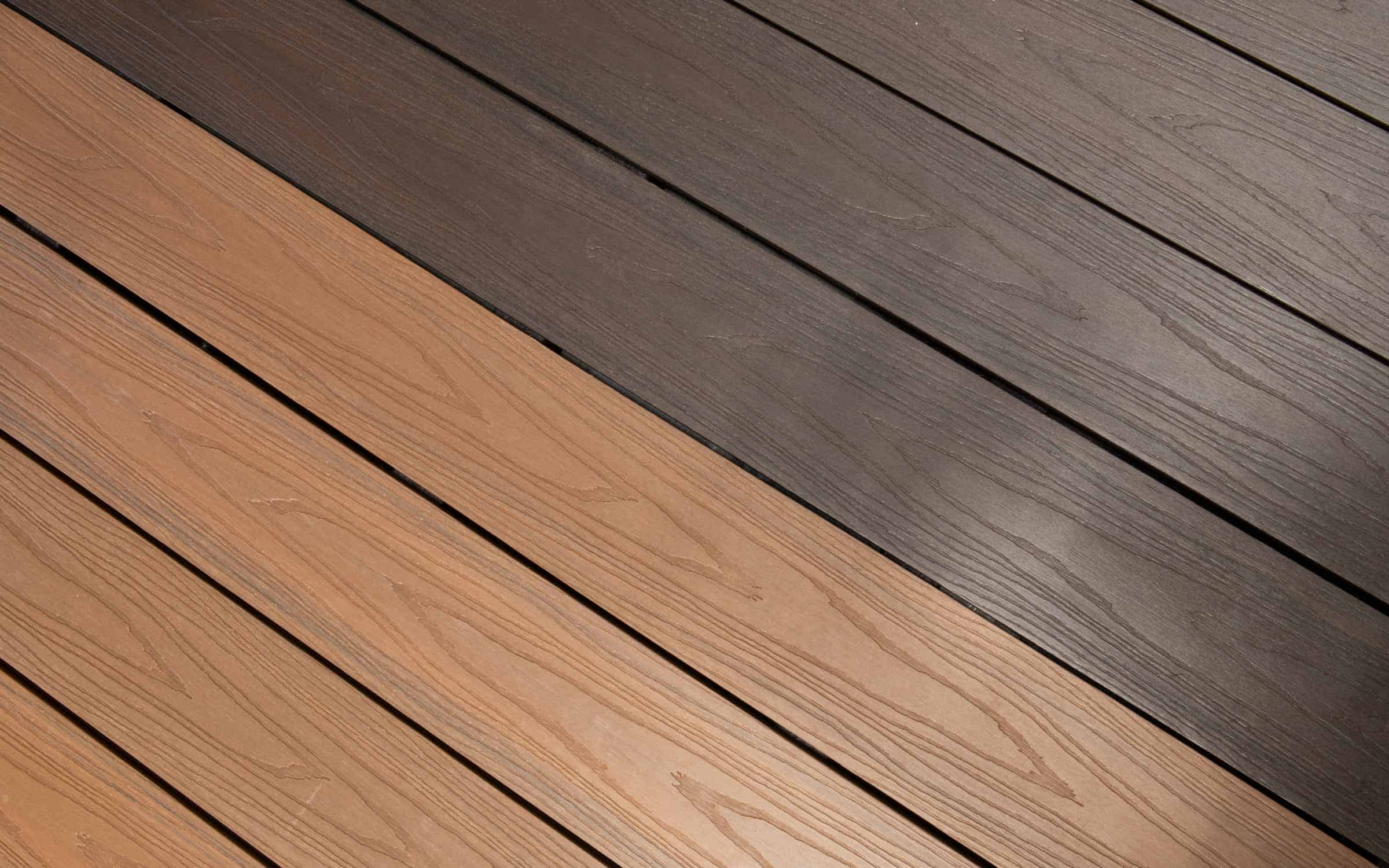
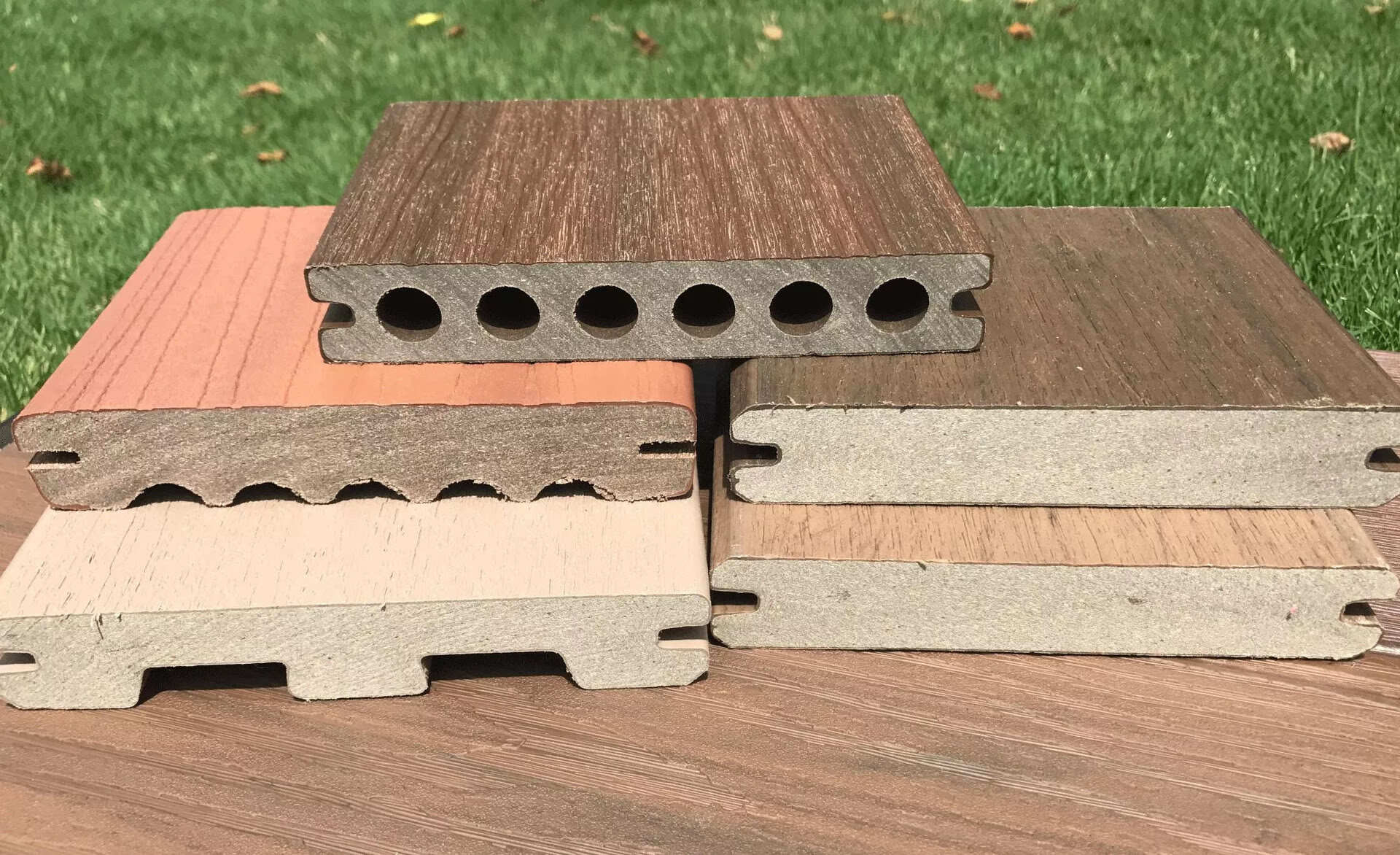
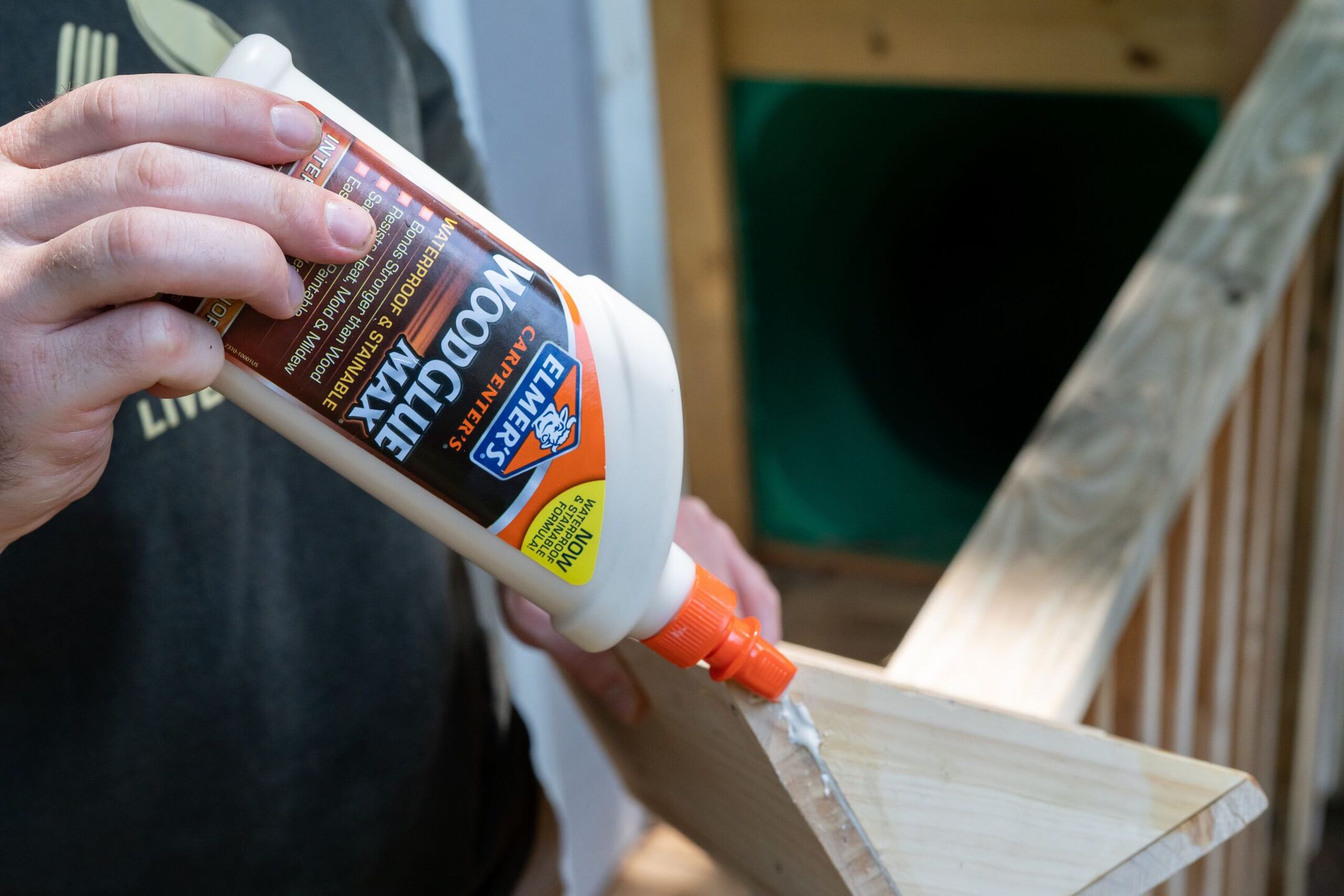
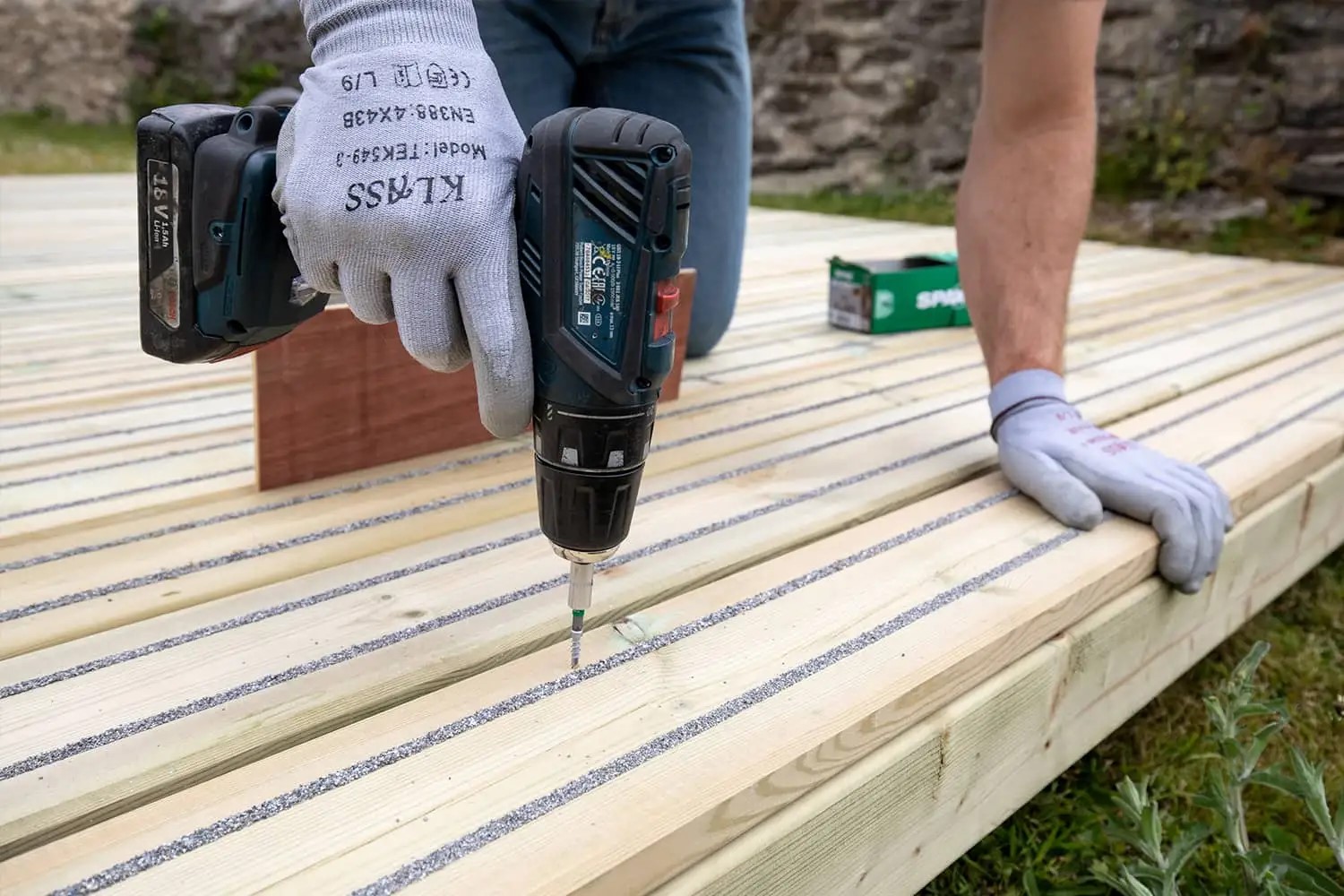
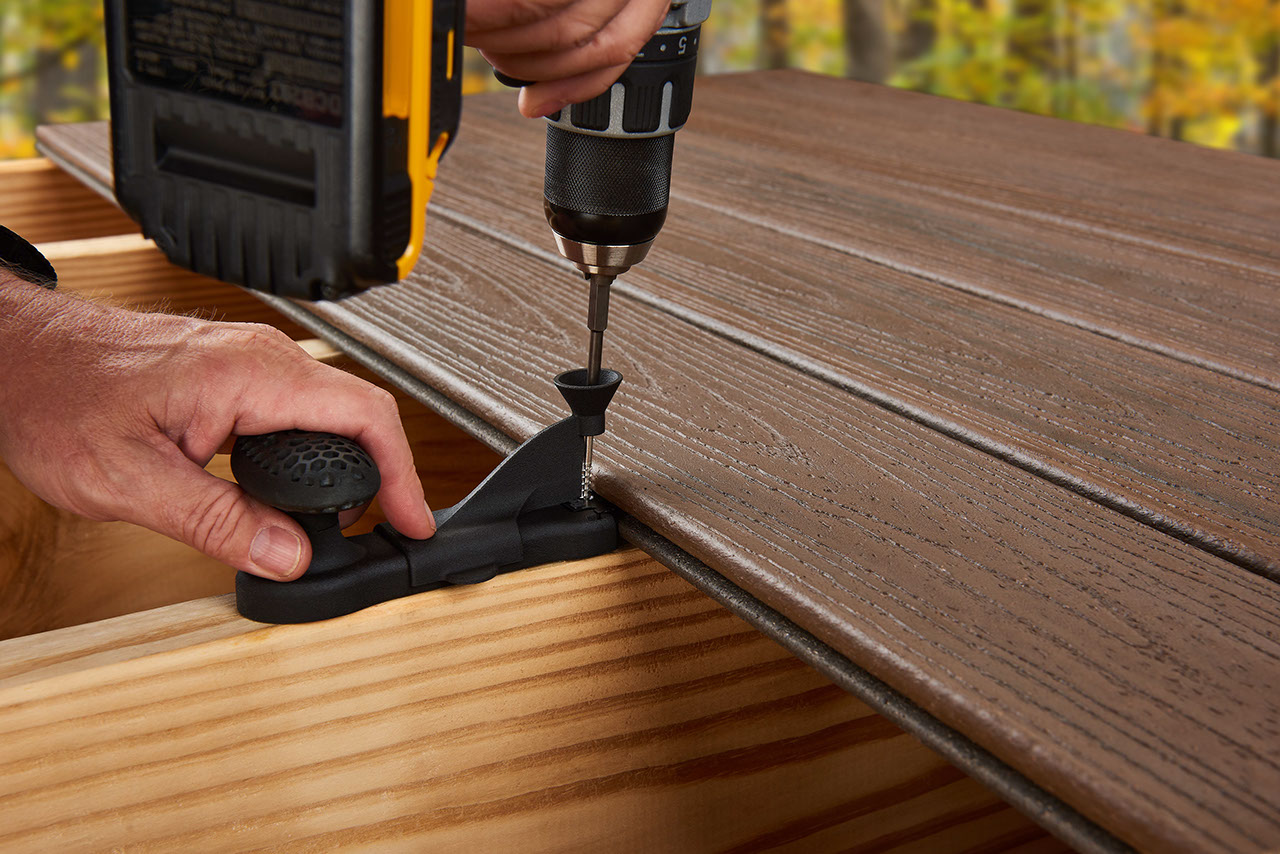
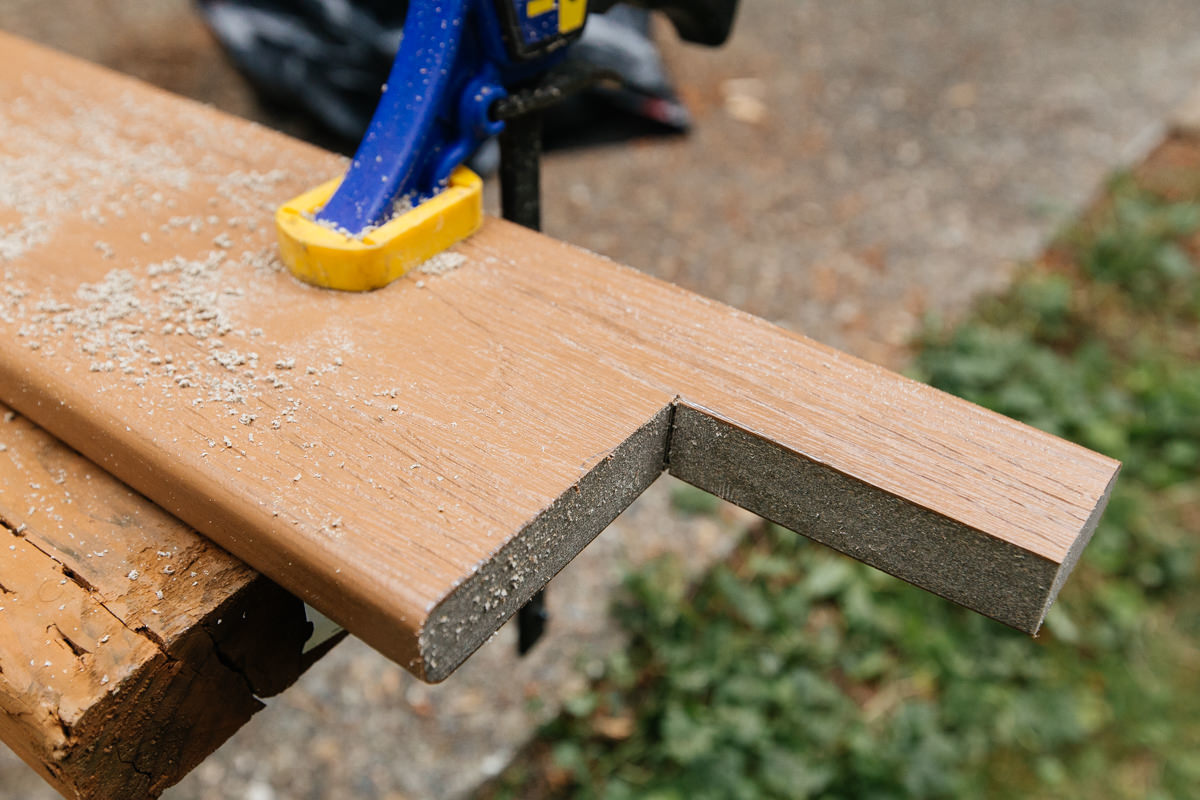
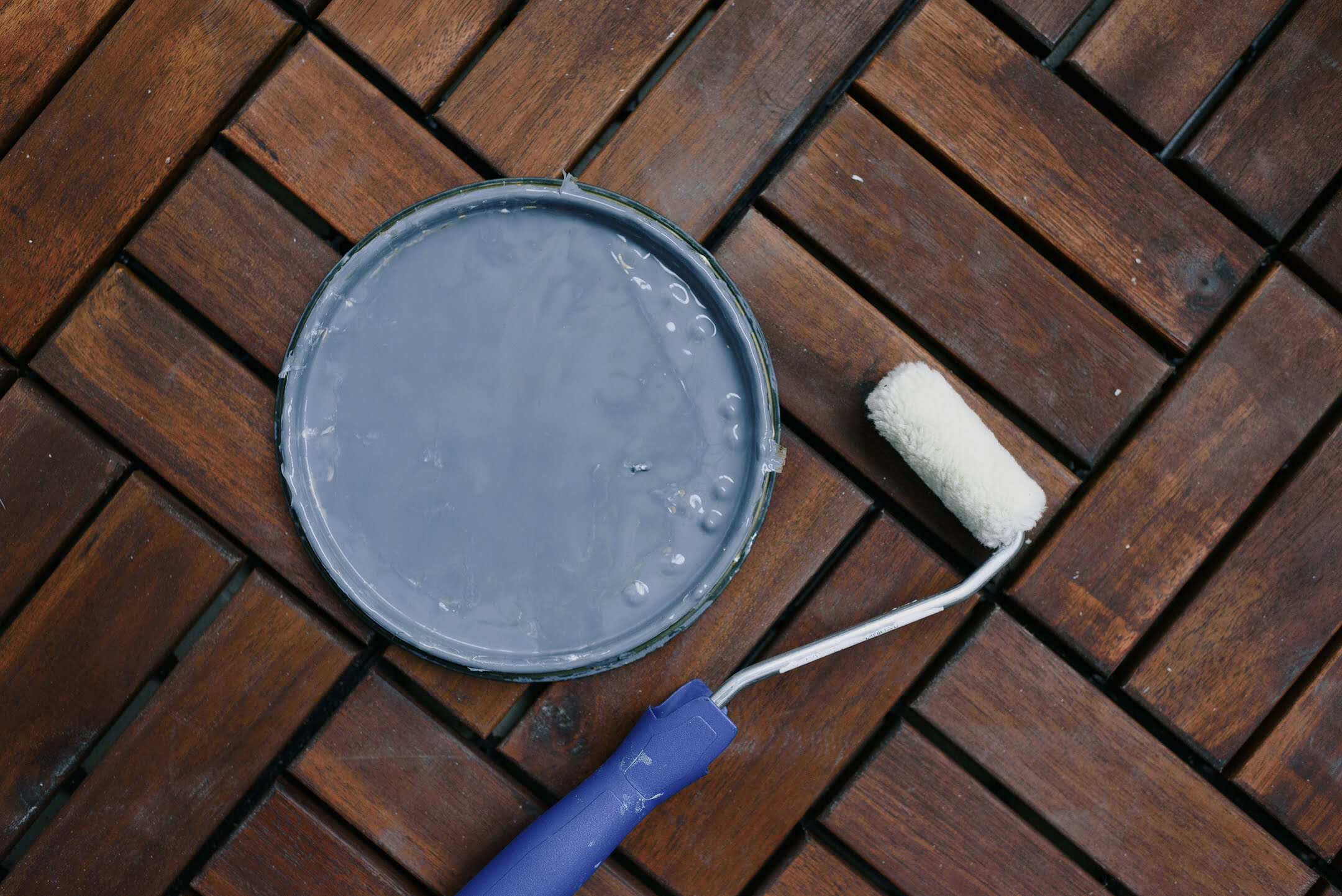
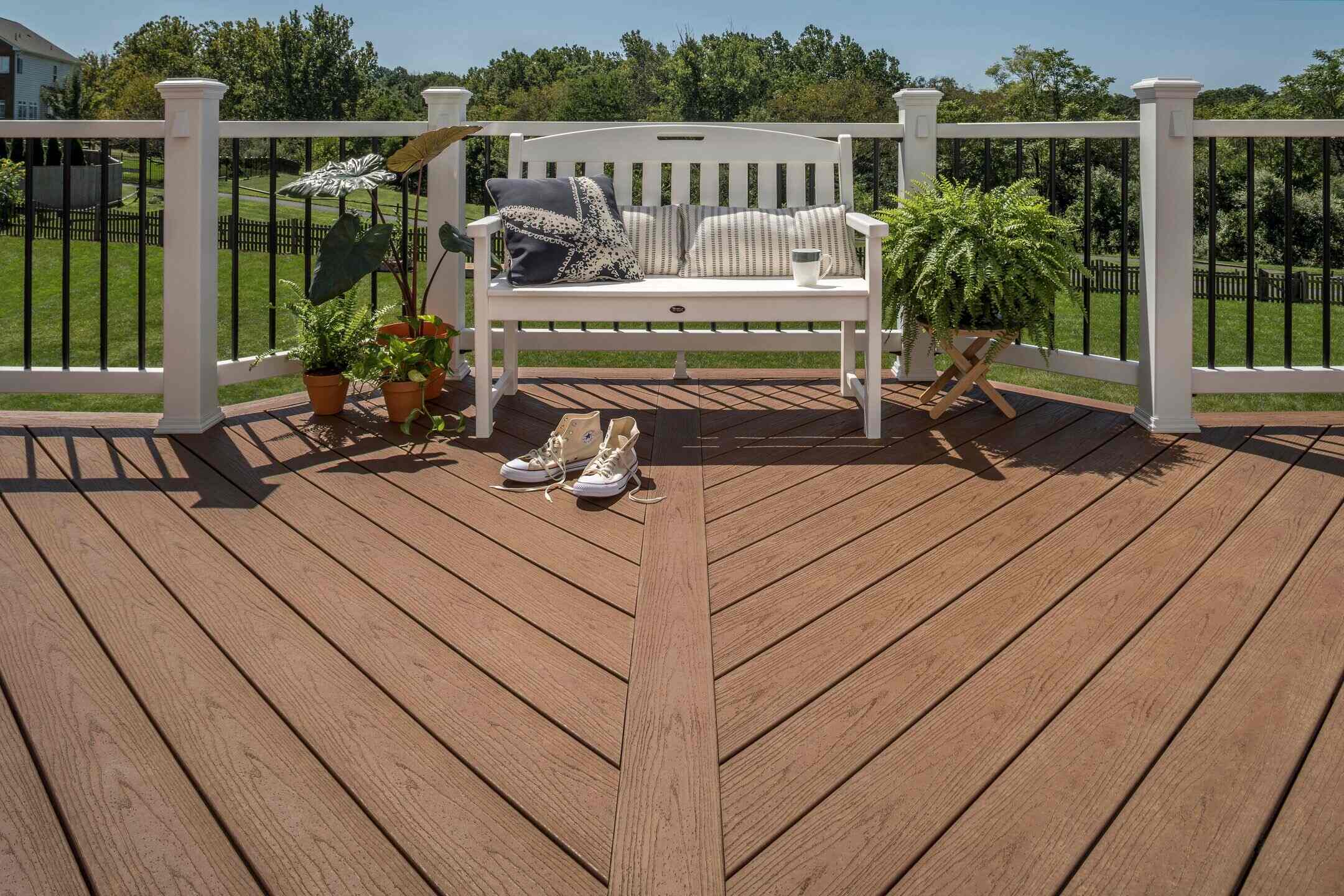
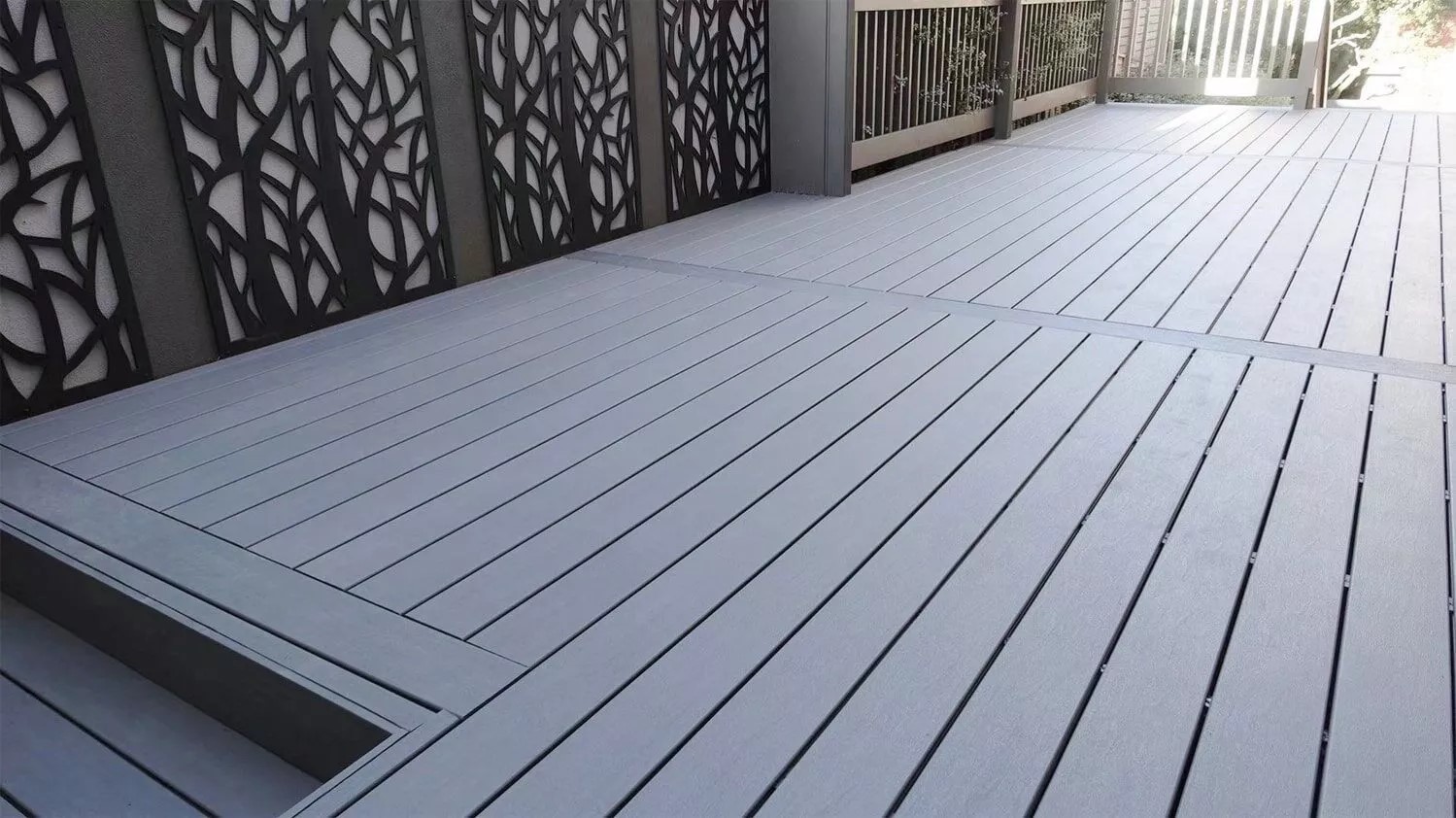

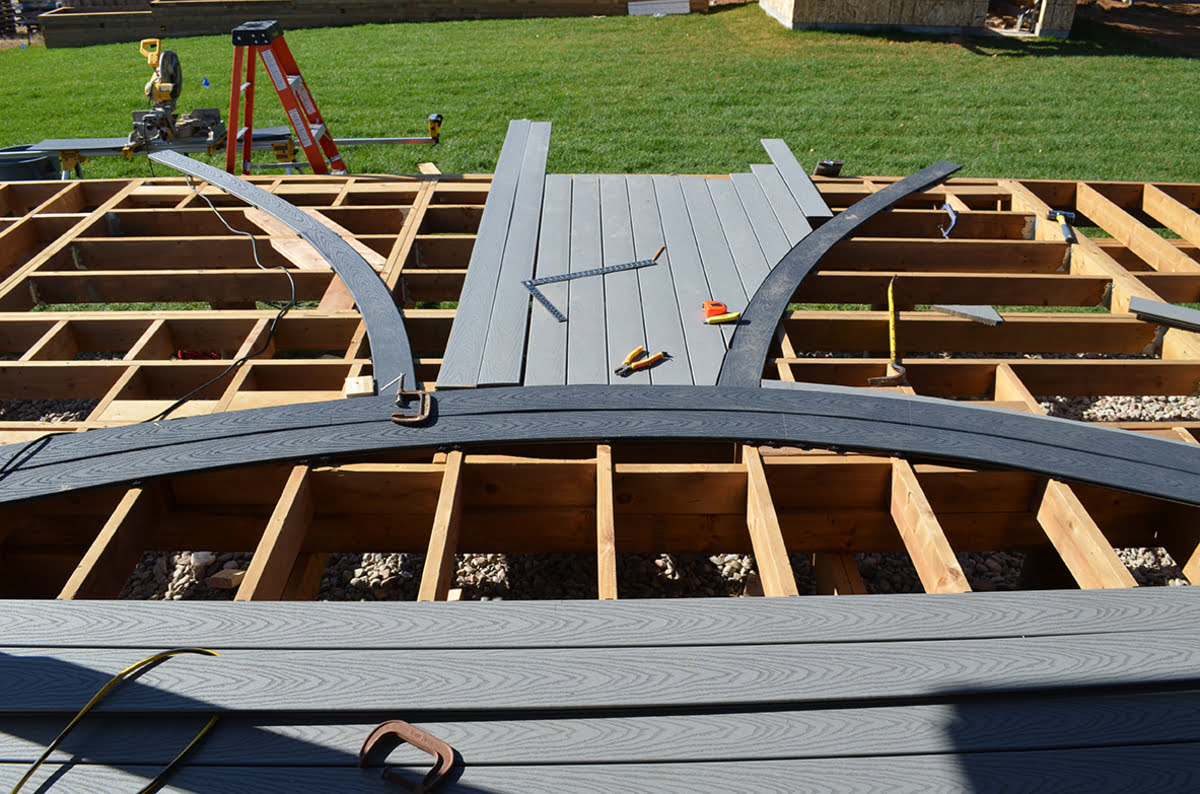
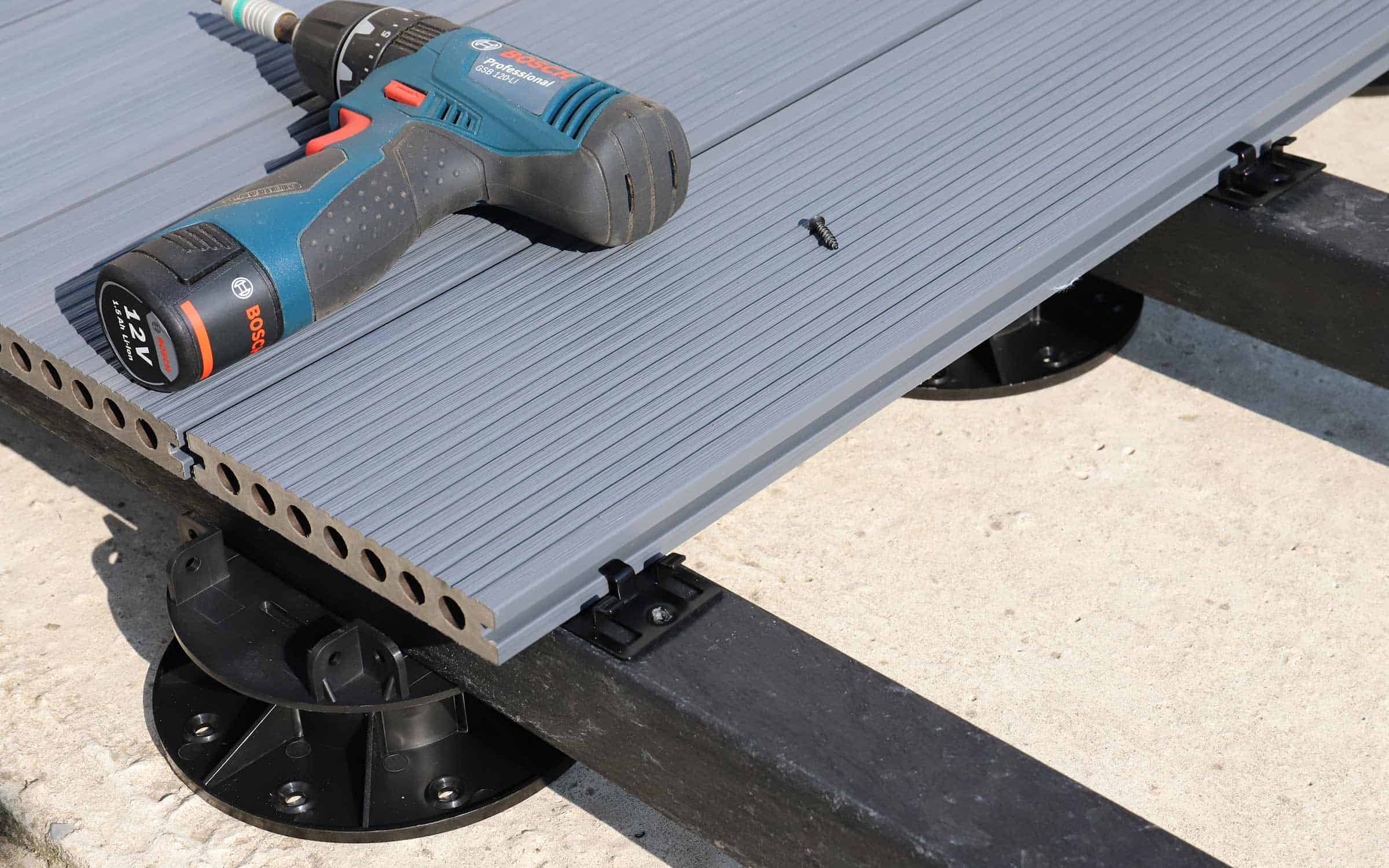
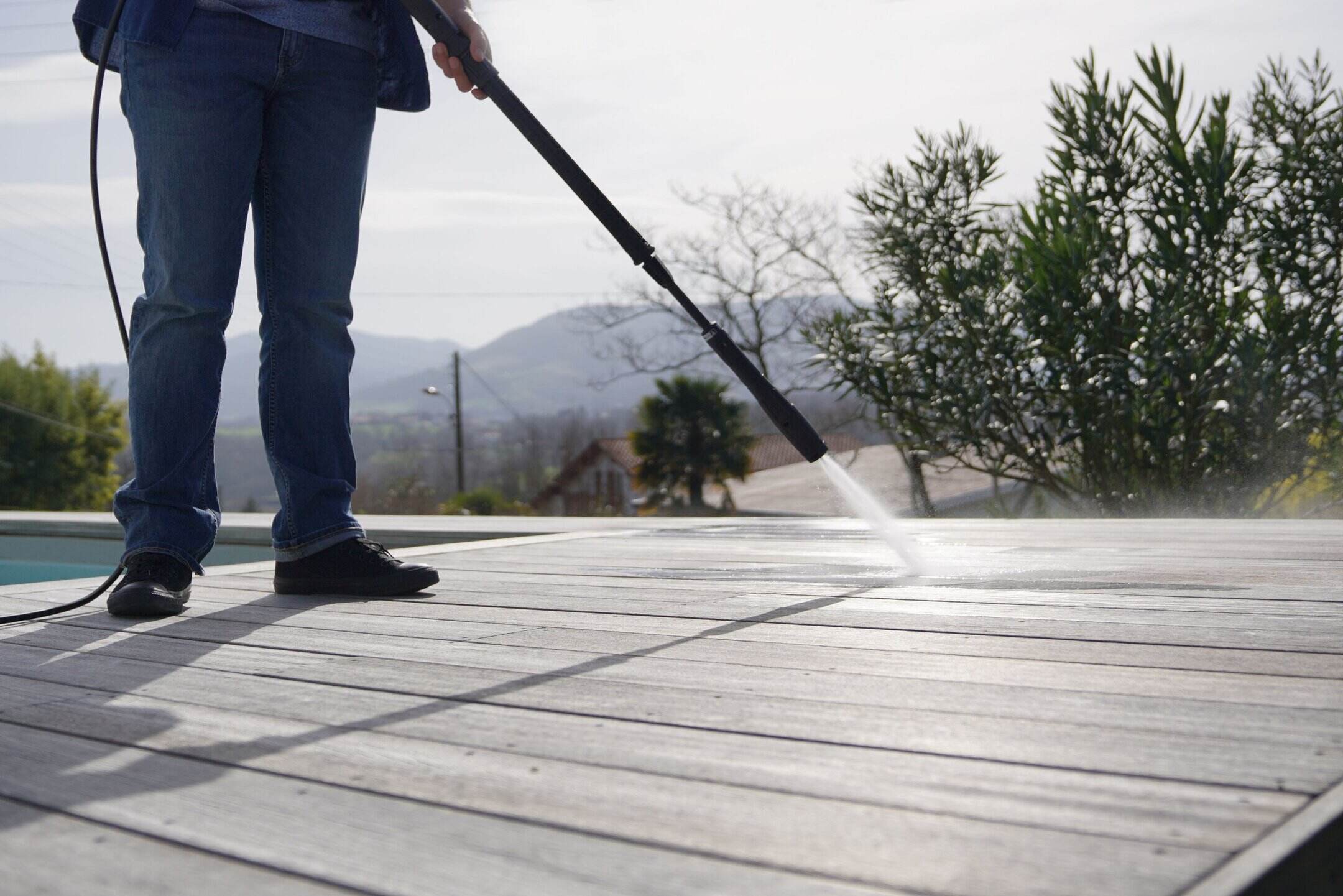

0 thoughts on “What Is Composite Decking”